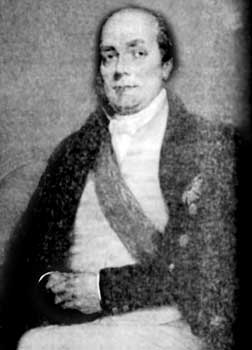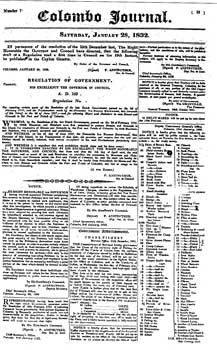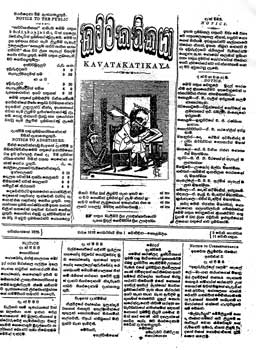A Crown Colony is established
 |
| Governor Frederick North |
January 1, is a significant day in the history of the colonial administration of Sri Lanka, then known as Ceylon. On January 1, 1802, Ceylon was declared to be a Crown Colony of the British Empire. A Crown Colony was ruled directly by the imperial government through a Governor, acting as representative of the British monarch, and a Legislative Council. The members of the Council were nominated by the Governor and not elected by the people.
After the Dutch surrendered the island to the British on February 16, 1796, Madras civil servants were brought to Ceylon to carry on the civil government under the control of Robert Andrews, who was designated the Resident. He was also the Superintendent of Revenue and was paid a commission of 1¼ per cent of the net revenue in addition to a salary of £ 60 per month. The administration was under the British East India Company operating from Madras. There was a Governor in Madras, Lord Hobart.
Following the decision of the Colonial Office to administer Ceylon as a Crown Colony, Frederick North, described as a brilliant conversationalist well versed in at least six languages, was appointed Governor. He came over with nine officials from London.
North established the Ceylon Civil Service, the law courts and the fiscal system in Ceylon.
An year later he invaded Kandy without success.
North's term as Governor ended in 1805 and he was succeeded by Sir Thomas Maitland. |



